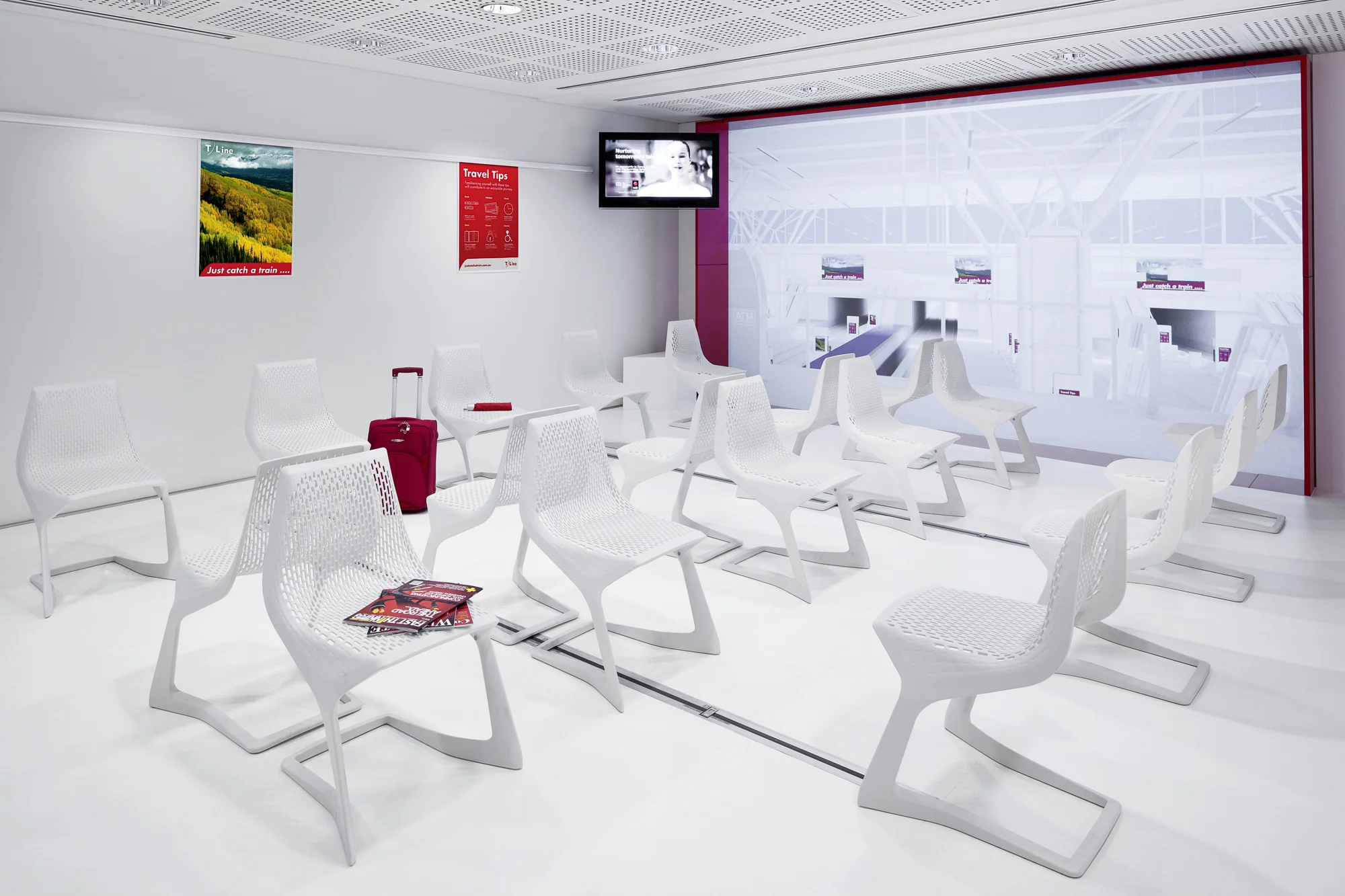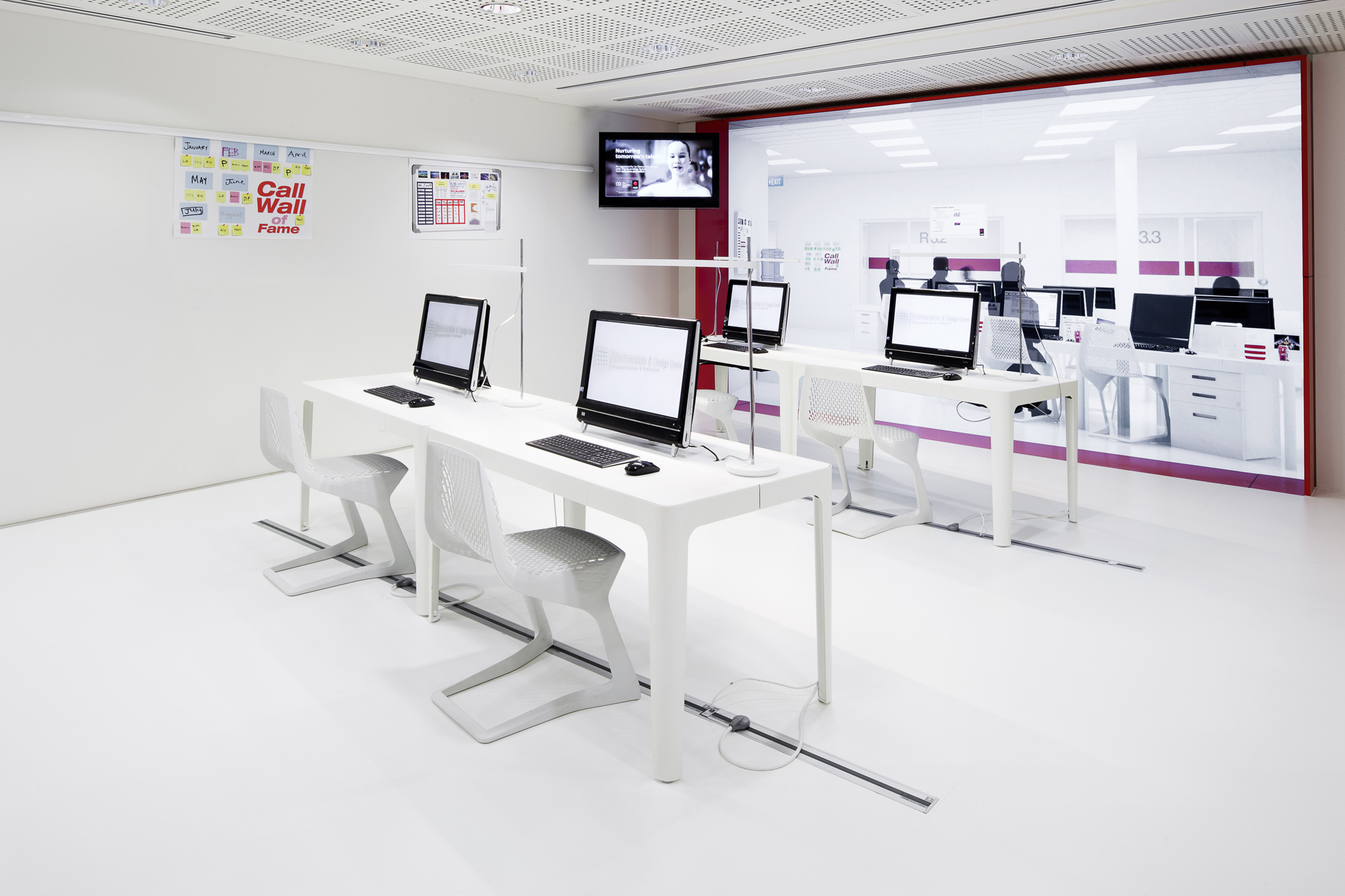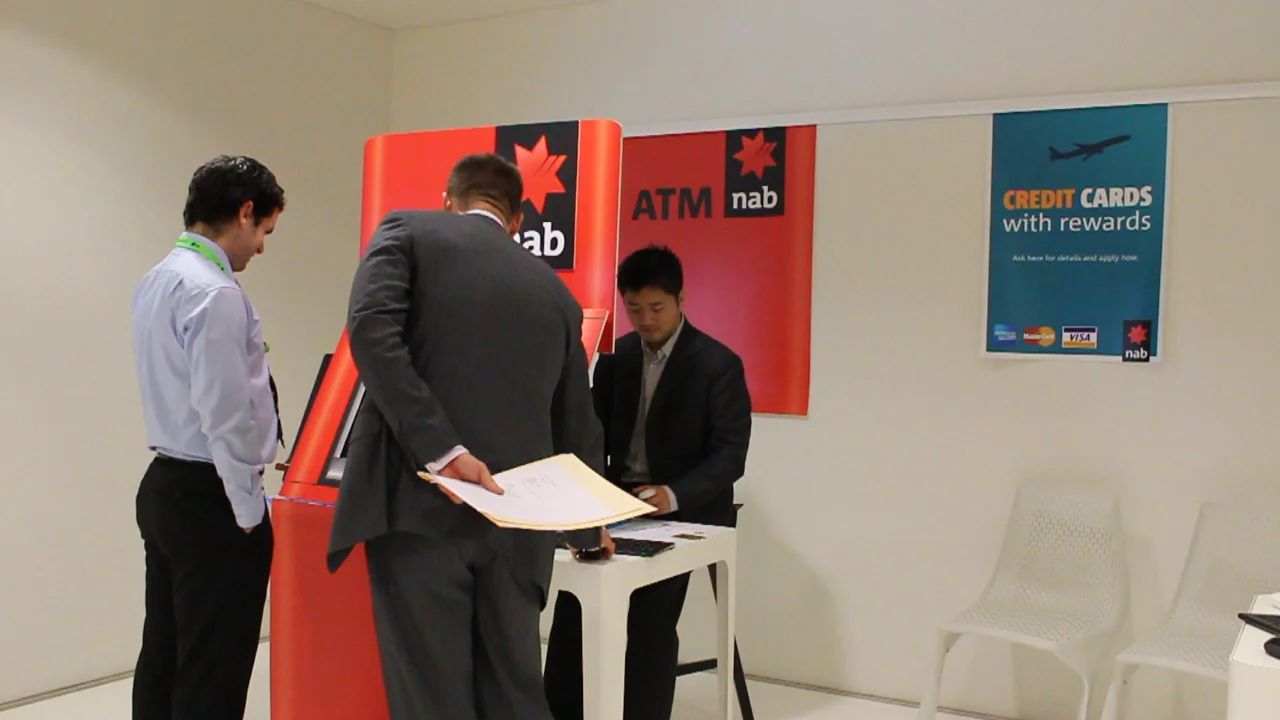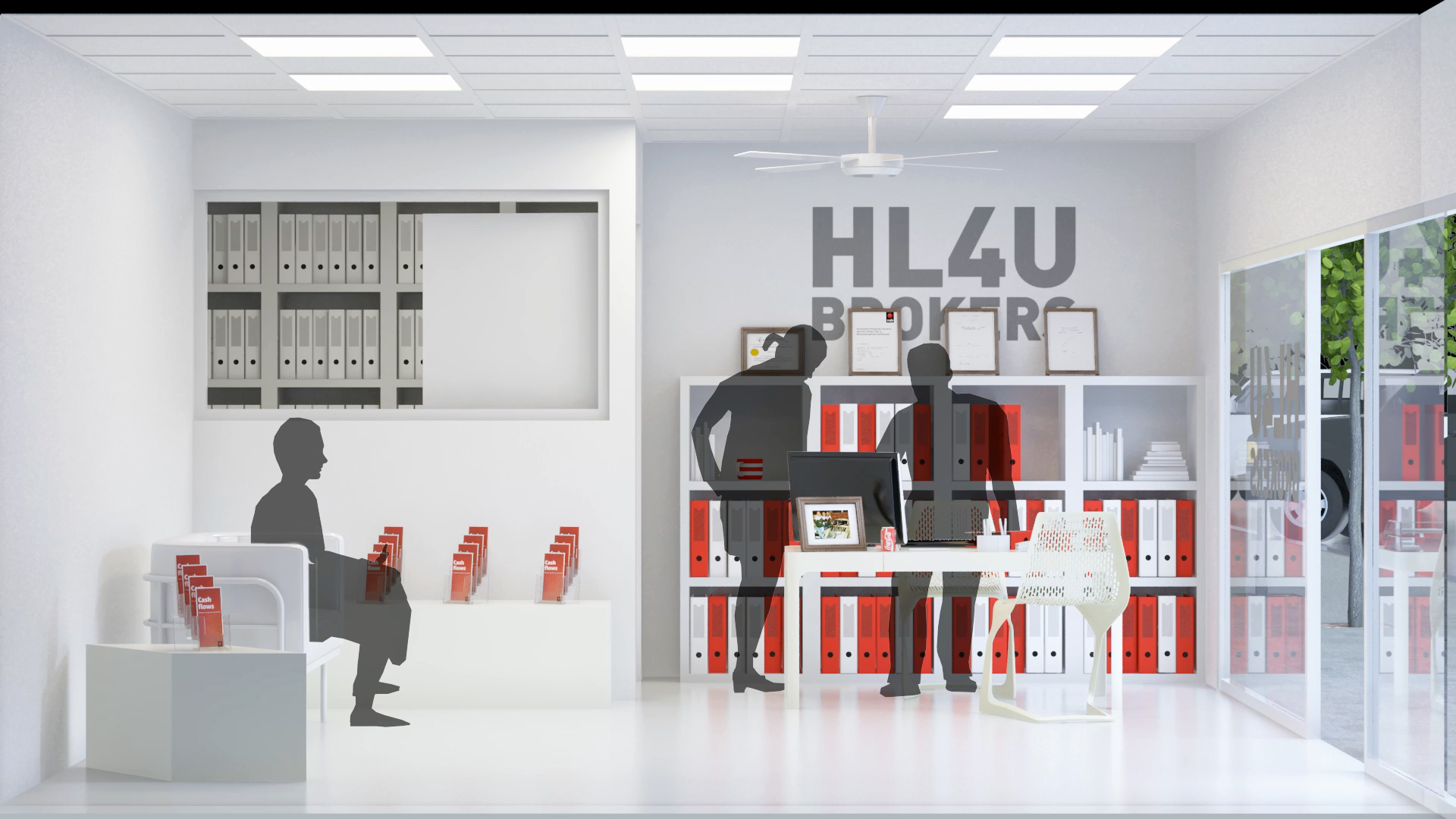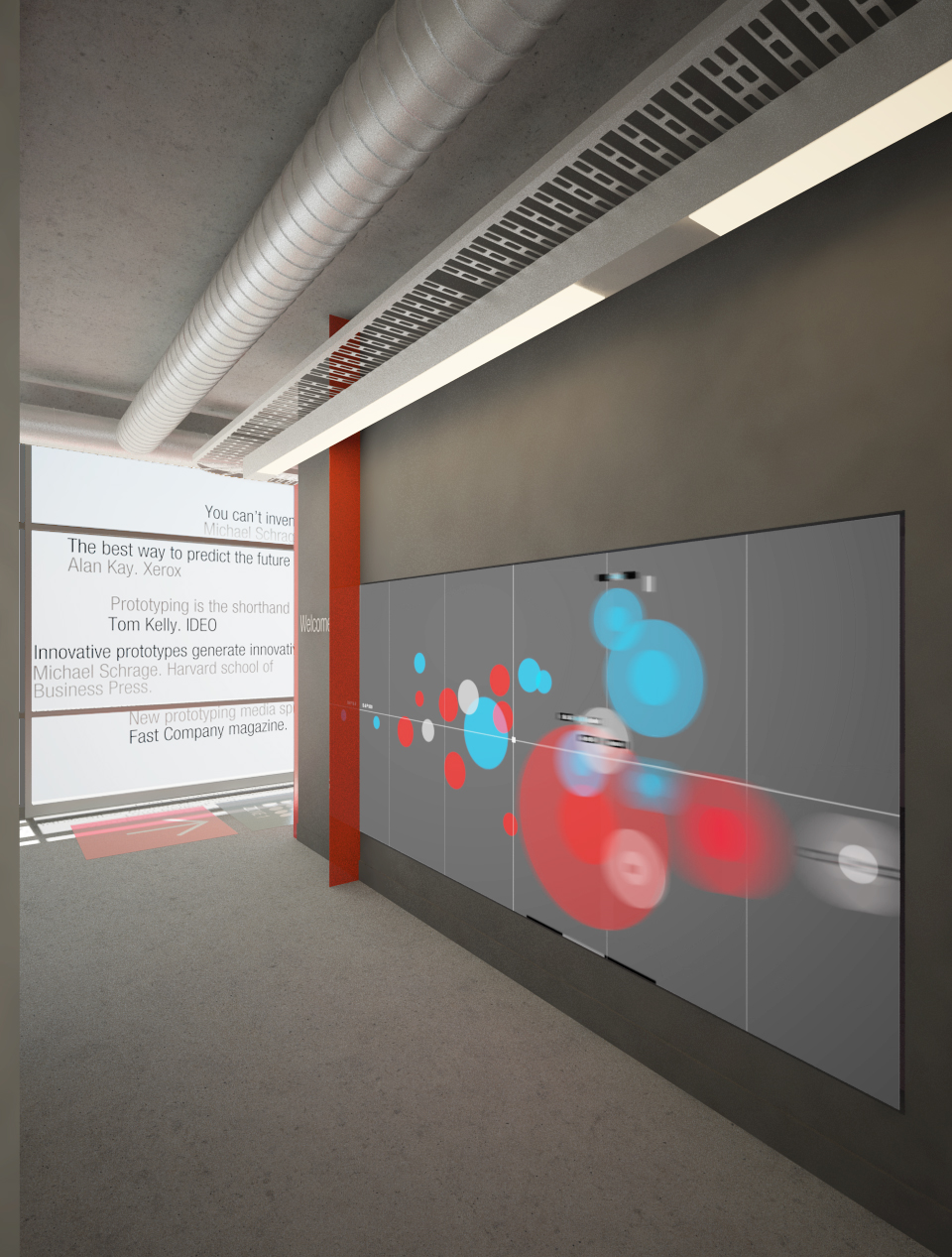Today's customers want to be spoken to individually and they want products that not only perform but which reward them by being good to use. They are demanding products that reflect contemporary needs and desires and these are continuously evolving, giving rise to an ongoing refinement and change in the product offer. Today's customers want effective products and positive, memorable experiences. These are often enhanced or delivered by the intangible dimensions or attributes of the products, services and branding, often wrapped up in the design or the associated narratives that help situate the product or service within a broader cultural field. This has required companies to differentiate their offer and their products by competing on more than just price. The experiential dimensions of a product for the user can include the product interface, product support, interaction with sales staff and how satisfying the sales environment is. In a dynamic market where competition is fierce, innovation is a critical factor in achieving this required differentiation. Innovation comes broadly in two forms; tinkering with existing products to freshen them up, like a new coat of paint, a fresh application of make-up, or secondly, innovation can take the form of significant change, introducing entirely new ideas and products into the market, that challenge conventional practice.
For architects and designers the challenge to create coherent user experiences, as part of design innovation, has translated into a new set of opportunities to craft design outcomes not as fixed forms or objects but as experiences, immersing the individual in a set of interconnected moments that become stories or memories to recount and trade. Contemporary advertising has moved to focus on extolling the attributes of the experience the product delivers, be it a car, perfume or washing powder. As selling products that satisfy basic needs is no longer a sufficient incentive for consumers to purchase one product over another, then understanding and shaping the desired customer experience has become the critical task for designers. The customer, not the product has become the focus of the design problem. This shift has given rise to the idea of an experience economy, where the real value of a transaction, what a product offers, is in the experiences attached to that product. For Le Corbusier, the great twentieth century architect, the problem of flight early in that century was the technology; the airplane and its function; how well it was designed as a machine. Today, for an airline the design problem is no longer the technology but that of building a brand and the experience of flying for passengers from one destination to another. The airline must offer an experience and a relationship for potential customers, offering one that is differentiated from other airlines even though all of the aircraft used by airlines are the same. The problem is not getting from A to B but what happens along the entire customer journey or experience path, before, after and during the flight. We have moved from the perfection of functional standards to creating a customer-unique service and proposition of value. Standardisation is no longer enough. In our contemporary identity-based culture every act of consumption becomes a signifier of our individual difference; our bodies, our personal relationships, our clothing and personal objects, our vacations and our cooking style. This individual focus makes the consumer the subject of each transaction as they seek to achieve a type of personal transformation. The consumer and the consumer's experience become the subject of the designer's problem. Brands like Nike have transformed their own focus on technical innovation into a challenge and platform for personal improvement, a physical transformation for every customer. In addressing this need to sell a transformative experience to customers, brands are building brand narratives to advertise their experiential offer and to create points of difference.To this end, in design practice, whether this is in architecture, service design or product design, designers are required to write the scripts that become the foundation of the actual brand experience or narrative. The services, products and spatial experiences we design act as the supporting props or sets within which the users experiences are addressed or unfold. This calls into play the idea of the role of the designer as a dramaturg. In theatre the dramaturg works on the dramatic script, acting as a critic, analyst, interpreter and advocate, researching the origins and relevance of the work and possible approaches to it. Within theatre practice the dramaturg's domain can extend to addressing the performing space and the theatrical institution, analysing and organising its goals and vision. This role identifies the importance of design as a process that helps to sculpt the resulting performance, and resulting audience experience, but also one that can be continually evaluated in relation the reading or translation that it brings to the 'source material' or script. When we apply this thinking to the world of commercial design we can think of the proposed design outcome as being constituted by three things: the software, being the script and narratives woven into the experience, the hardware, being the props, products and spaces where the action unfolds and finally the humanware or the staff or other actors, at all levels, who deliver the experience to the customer.
As the market-place demands new experiences and new products reflecting shifts in contemporary culture and thinking, the great dilemma for business is how to ride this wave of expectation with the right mix of innovation. Too little innovation, and products look tired and out of step with contemporary consumer demands, too much innovation and customers will not understand the new products and will be alienated by them and possibly by the entire brand. Worse still the new products may not work properly, requiring bugs to be ironed out in them and possibly from other parts of the broader company product and service 'system'. All change involves risk. In a market constantly demanding innovation, managing risk in the development of new products and services is a very important business strategy. Strategically, the best way to manage risk in this process of developing new products is to integrate a risk management feedback system into the very product development process itself. That process is prototyping.
For a company to deliver innovation, in practice, both technological change and cultural change is required. Industrial design has evolved a culture of technological research and development, synthesised into a design experimentation and development process, the results of which are then presented to end users or the public for testing and feedback. This process, prototyping, gives industrial designers a unique licence to experiment with more radical designs, fabrication and programmatic options, and integrate these into a product development regime designed to test or change public perception and expectation. This optimises the value of any investment into research and development. Research and development is by its nature expensive. Understanding the dynamics and potential for optimisation in prototyping is essential if one wants to learn and benefit from it, while controlling the costs and risks. This culture of prototyping new ideas and developing them into scenarios or technology demonstrators, displayed for public assessment and user engagement was initially developed in North America by General Motors in the 1930s. It originated as an adoption of the research, testing and rapid prototyping practices developed by the US aviation industry, principally in response to military demands, and then this was fused with the cultural practices of the global fashion industry of that era, namely the public fashion parade developed to introduce new styles, fabrics and ideas.The Dutch electronics corporation, Philips has invested extensively in prototyping to explore new technological opportunities within emerging social and cultural frameworks and to demonstrate a commitment to better products and to make a positive contribution to the future by offering products, services and software that enhance the quality of peoples lives. They see prototyping as 'making new concepts tangible' and 'communicating the results of research'. This combination is critical. For companies like General Motors and Philips, prototyping has no value if it is not undertaken with rigour. The outcomes have to be believable. Superficial or weak attempts to exhibit experimentation demonstrate a superficial and potentially duplicitous streak in the company's culture. The results need to support the ideas and withstand scrutiny. Prototyping needs to be research-based. It's important for actions and decisions to be taken on the basis of solid research and understanding. Of course, designers' intuitions are important, but they need to be validated by research and experimentation. Prototyping allows for a dialogue between the users and the designers. Where prototyping engages the public in design innovation 'memories of the future' can be created whereby the public can participate in responding to new design ideas at an early phase of their implementation and become accustomed to these ideas. The results of this process in a commercial sense for Philips are best demonstrated by their more recent designs for magnetic resonance-imaging equipment for medical use. The design process has allowed them to reconceptualise the experience and then the environment for this potentially intimidating medical procedure.
In the 1990's the methodologies of prototyping and scenario mapping originally used for the development of industrial design products were taken one stage further; developing strategies for the prototyping of processes rather than objects. Designers using prototyping believe that change in the marketplace will only be accepted if it conforms to the expectation that change must bring an improvement to the performance of a product or service. The resulting focus for these designers has been to locate products within the broader idea of service networks that support contemporary customer expectations in more robust ways. These often utilise information technology to create appealing and rich service models where the operation of the network can substitute for the operation of multiple products. These service networks are called 'product service systems'. In developing the designs of product service systems, designers have adapted the prototyping model to construct and test prototypes of business and social processes. Here the focus of the prototyping scenario is a social and technical network designed to provide a service. Herman Kahn working for the Rand Corporation in the 1960's was the first scenario builder. He defined a scenario as a description of a possible alternative future, aimed at stimulating concrete actions in the present in order to control and orient the future. In order to construct a prototype 'product service system' scenario the focus becomes one of modelling the social interaction. Given the ephemeral nature of many service elements one of the key strategies for this kind of prototyping is to ensure that it is immersive, allowing the user to imagine the experience of the final outcome, even if this is done in a fragmentary fashion. This presents a significant challenge; how to quickly draw people into an imaginary world where the new idea or innovation might already exist. To do this designers grabbed a range of existing tools to create a design plan, a series of processes adapted from industrial design, interaction design, theatre production, movie making, fashion, services marketing and blueprinting in a way that was comparable to the car industry's use of concept cars. The evolution of this kind of prototyping has seen the development of a broad set of techniques. These range from mocked-up advertisements for proposed services to quickly engage in user dialogue to system maps that show the relationships between the actors and the operational elements and to advertising storyboards. 'Bodystorming' and videoing short stories or interactions are other ways to quickly engage users in role-playing, to test and evolve process elements of the system and then record the results for later analysis. Prototyping needs to be quick and dirty, using techniques that are cheap, fast, easy to use and able to allow changes on the spot. Cardboard, sticky tape and butchers paper are a good starting point.One of the first companies to address the telling of stories through architecture and a spatial experience was the Disney Corporation with the development of Disneyland. Using the narrative structures and techniques developed in movie making, such as story boarding and choreography, Disney created environments and the experiences based on stories. These stories or scripts gave the primary reason for being for every element included in the architectural design of Disneyland. The assemblage of contextual details was designed to act as a stage set of props to support the customers' experience. For Disney, capturing the drama is more important than the individual designed elements that make up the physical environment. For Disney the product on offer driving the experience is a set of escapist narratives that immerse the visitor. For other companies that offer might be banking or food or shoes. In each case the product becomes just one actor, albeit an important one, in an elaborate script in which the customer plays the lead role.Central to the success of any innovation is its relevance to emerging market expectations. The question this line reasoning begs for designers and their commercial clients is: Can we focus on designing and delivering innovative experiences for our customers by using a managed process of service and product prototyping? How do we write the appropriate script that will best reveal or make accessible the attributes of the product or service we would like to develop or test? How do we ensure that this script or narrative will be appealing or relevant to potential consumers? While we as designers along with our key client stakeholders can make a series of assumptions about what the appropriate script might be for a new architectural project, business process or product, if we rely on a set of untested assumptions or merely repeat an existing script then the project will either appear too risky or simply not deliver an outcome with any innovation, thereby failing to deliver one of the key objectives of experience design; delivering a unique experience.
By prototyping the scripts, processes and spaces that are to drive or shape the intended experiences, designers can improvise and test new ideas in a controlled environment as part of the design process. In his book Serious Play, How the Worlds Best Companies Simulate To Innovate, Michael Schrage observed that 'you can't invent the future without prototyping it' He observes that the process of building prototypes itself cannot only profoundly influence the way the design ideas are received, but also the very ideas themselves. The conversational dynamic set-up through a prototyping process can inform the possibilities of the design process in very rich ways, acting as a catalyst and a 'strange attractor' for new ideas and directions. This process is not collaborative design but it does recognise and pursue the diversity and complexity of contemporary design problems and the stakeholders and factors that shape their success or failure. This kind of prototyping as much harder than prototyping a chair. This involves the prototyping of a social artefact. Prototyping a new product service system requires prototyping all of the elements of the system.
Designing for user experience and innovation
Invariably the mapping of the scenario will require the collection of data to construct a model of the potential actors and their relationships within the system.The NAB User Experience Prototyping Lab draws together these concerns into a single project space, the concerns of the market-led expectation for product innovation, the challenge of designing new products and services around the significance of the user experience and the singular effectiveness of prototyping to test and develop new products and services in a way that maximises learning from the design process while managing the risks. The client brief for this project was to create an environment suitable to prototype new NAB products, services and spatial engagement in a way that would allow for maximum flexibility, maximum efficiency and maximum user immersion. The Next Gen team at NAB are engaging with all parts of the company's business and needed to test and prototype a wide variety of products and services in a broad range of different environments from call centres, suburban lounge rooms through to the outback. We understood that creating a prototyping environment that was truly immersive was crucial for the necessary creative thinking that would address all of the 'real world' design challenges. Additionally this diverse range of immersive environments and experiences had to be easy to set up and switch between. And the facility had to be very cost effective to build and run. The facility had to inspire and facilitate creativity while being like a chameleon, a space with no fixed character.
Our approach to the design of the facility was to combine the facilities of a workshop, cinema and theatre stage into a single compact space. From the theatre we borrowed the idea of a flexible stage, easy to rearrange, with enough cues to suggest a particular scenario but not so many as to become too distractingly literal. More Bertolt Brecht than Neighbours. From Brecht and his modernist 'Epic Theatre' we have borrowed the idea of representing a scene in only the most stripped back form, just enough to make it feel familiar. We used as our reference the 'theatre set' 'last supper' domestic environment that appears in the closing minutes of Stanley Kubrick's 2001: A Space Odyssey. The NAB stage also has to act as an environment that will represent scenarios and locations not yet identified. From cinema we took the virtual space of the big screen; the digital backdrop. We built the smallest space that was required for the physical prototyping and bodystorming and then extended it virtually by using rear projection. From digital cinema and video gaming design we developed a system for creating virtual backdrops that suggest a range of environments from large public spaces to small domestic rooms. These set the scene or context as required. The space functions as a cinema and production facility. Additional 'live' backdrop movies are being constantly made using single camera 'fixed point of view' framing, shot in locations as required by the NAB prototyping team. From the idea of the workshop we developed a series of support systems that allowed for maximum flexibility in reconfiguring the stage space while easily accessing power and data for the lab's computers. We have developed, in conjunction with a manufacturer, an 'in floor' based data and power rail that eliminates the obstructive cable tangle that normally results from moving desk top computers all around the room. We first developed this idea in 1998 in a 'paper architecture' project titled 'Hyperhouse'.
In combining these strategies our intention has been to deliver a space that performs as a 'rapid prototyping' 'theatre set'. It is intended to immerse role-playing users into the required new spaces to help dramatise the prototyping process and invite greater participation from users. It is highly flexible and simple to rearrange the 'set' and the projected 'backdrop' or context, to allow the prototyping an easier flow. Through its simplicity and modularity it can almost be 'played' like an instrument, inviting improvisation and quick changes in thinking. As an immersive prototyping space it needs to invite users to question conventions and push new and risky ideas, in a safe environment. The space can act as a plank or bridge across the conceptual or imagination gap to test new configurations and experiences. The resulting space is one that supports the immersive exploration of proposed scenarios or narratives while being a production facility for creating and testing entirely new scenarios and narratives. It is a space where ideas and experiences are produced and made real, tested and consumed, a space specifically designed to be a tool for developing new products, services and the spaces in which they will ultimately unfold.
The User Experience Lab from the client's perspective
The Immersion and Design Centre is used across many areas of NAB's business for design and testing. Mark Appleford, Head of Design at NAB NextGen explained that the first three months had seen three main types of use:
01] Championing Customer-centric design: having a physical demonstration of a design capability makes the process and ideology of customer centric design tangible to a broad group of stakeholders within the bank. The team runs weekly briefing sessions, and demonstrations, as well as workshops with external facilitators, to explain the use of prototyping and user testing.
02] Service design: using the immersion centre to conceive, organise and evaluate environments, systems, interactions, communications and artefacts. A recent example was a project to explore how we might increase credit card sales in branch. Using the immersion centre, the design team were able to test a range of supporting collateral, as well as different processes, and observe what worked most effectively. The scenarios were played out with the appropriate staff, with the room configured to be 'a branch'. Video footage of the testing process was captured and used as supporting material when the final designs were "played back" to stakeholders, who may not be aware what staff and customers are really doing!
03] Experience testing: a recent rapid re-design of a new ATM interaction that saw the design team, operating a mix of digital and "Wizard of Oz" prototype (a man hiding in a box) with users. Comprehension, flow, and how users would react to exception cases was evaluated. Because the prototypes are all developed in the centre, tweaks were able to be incorporated and re-tested throughout the day. Mark Appleford explains " The immersion centre allows us to suspend belief slightly, to break the "head-office mindset" so that we get a more human, more realistic result. Doing this in a controlled environment is much easier, and cheaper for us than doing trials in the field. It means we make mistakes here, not in our branches"
Credits
Client: Mark Appleford. Head of Customer Experience. NextGen Program. NAB
Crowd project team
Design architects: Michael Trudgeon, Costa Gabriel
Interior designer: Veronica Saunders
Rendering, animation and visualizations: Costa Gabriel, Steven Whatmough
Graphic design: Sarah Jamieson
Photography: James Newman





